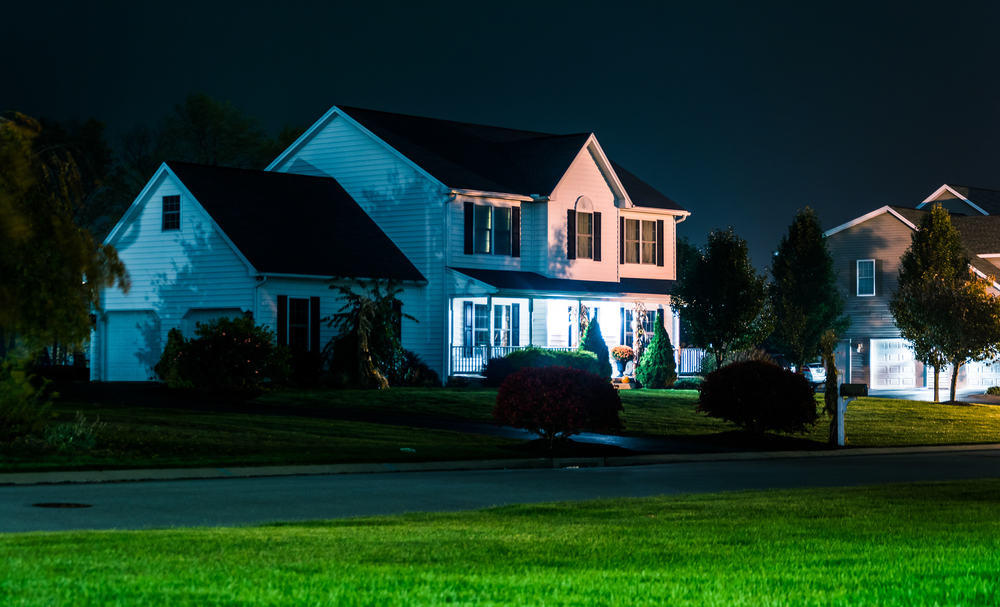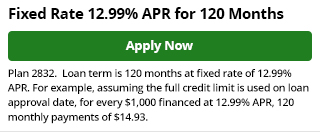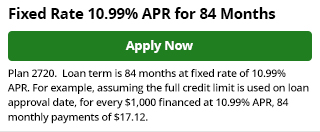Electrical panels, or breaker boxes, are responsible for housing your electrical system\’s circuit breakers. The circuit breakers are switches that control your home\’s power supply. They protect your wiring from surges or shorts. This helps prevent electrical fires.
If there’s an emergency, such as a flood or major leak, you should know where your panel is and how to turn off the power. It’s helpful to be familiar with your electrical panel for minor issues as well, such as a tripped circuit breaker.
Electrical Panel Location
For safety reasons, electrical panels are usually found in areas that are out of the way. In some homes, these panels are in the basement, utility room, closet, or garage. In other homes, these panels are in kitchen pantries or in hallways that lead to an exterior door. Other homes have electrical panels outside on an exterior wall.
Your electrical panel will have a door on it. Inside you’ll see a series of circuits and other components. Being able to identify the various parts helps you know what you\’re talking about if you need to call an electrician.
Electrical Panel Components
Breaker boxes have several different components. These include the following:
- Outer door
- Covering over the circuit breaker switches to protect against shocks
- Circuit breaker switches
- Thicker wiring that connects to your home’s electrical service drop
- Service lugs
- Thinner wires connecting breakers to circuits
Your panel might have labels to let you know which circuit breaker switches are for different areas of your home. If there aren’t any labels, you can go through and check to see which switches control what. Start by turning on all of your lights and lamps. Next, turn off one breaker at a time and notice which light or outlet is no longer receiving power. Make a note of what each breaker controls.
Problems with Your Electrical Panel
One of the more common problems with electrical panels is a tripped circuit breaker. If you suddenly lose power to one part of your home, it’s usually for this reason. Using too much electricity on a circuit causes the breaker to trip. This helps prevent overloads and even fires.
You can check for a tripped breaker by opening the panel door and looking for a switch that’s in the off position. Flipping the switch should reset the circuit breaker and restore power to that circuit. If this continues to happen, you may have a bigger electrical issue and should call an electrician right away.
If you have an older home, your service panel might have fuses instead of circuit breakers. When you blow a fuse, you’ll need to have it replaced with a new one. This involves removing the blown fuse and putting a brand new one in its place. If you\’re unsure of how to do this, contact an electrician.
If you’re experiencing any other problems with your electrical panel, you should have a professional look at it. Having an electrician inspect your panel and make any needed repairs is safer and prevents the risk of electrical shocks.
Electrical Panel Hazards
Electricity is flowing through your electrical panel all the time. Opening the panel door and touching the panel to flip a tripped circuit is usually safe to do. However, you should never touch any other part of your panel, especially if the protective cover is off of it. This could put you at risk of receiving a serious or even fatal shock.
If you’re not sure how to safely handle your electrical panel, don’t attempt to do so on your own. Have an electrician come to your home to take care of it for you. Your electrician can show you how to do basic tasks, such as flipping a tripped circuit or replacing a blown fuse.
When you have questions about electricity or need electrical repairs in your Phoenix home, leave it to the professionals. Contact Turn It On Electric today.











